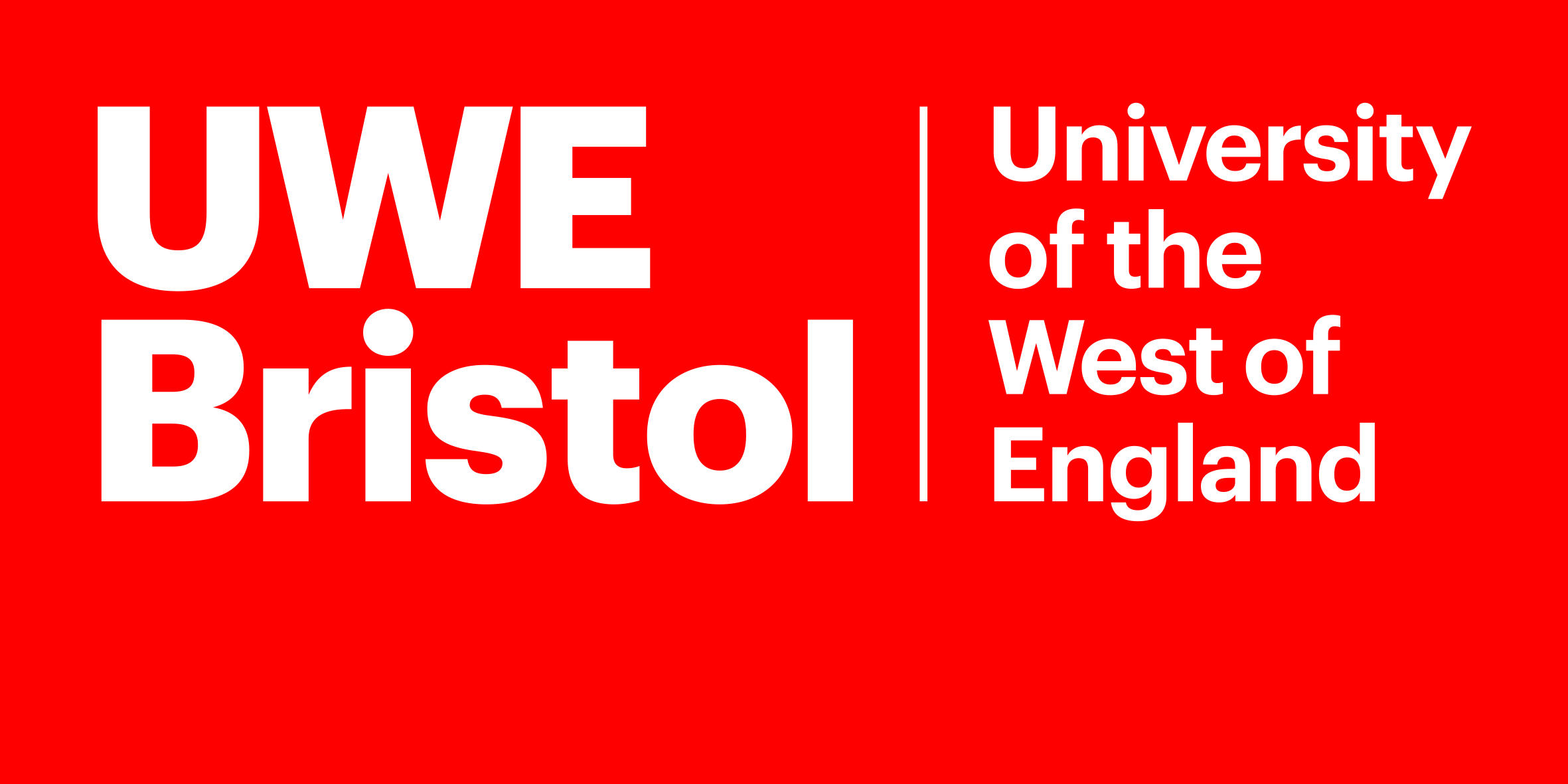Leonardo dos Santos Pereira
Detrimental effects of tourist trails on soil system dynamics in Ubatuba Municipality, São Paulo State, Brazil
dos Santos Pereira, Leonardo; Rodrigues, Aline Muniz; do Carmo Oliveira Jorge, Maria; Guerra, Antonio José Teixeira; Booth, Colin A.; Fullen, Michael A.
Authors
Aline Muniz Rodrigues
Maria do Carmo Oliveira Jorge
Antonio José Teixeira Guerra
Colin Booth Colin.Booth@uwe.ac.uk
Professor of Smart and Sustainable Infrastructures
Michael A. Fullen
Abstract
People continue to search for idyllic havens of natural beauty, whether to visit for themselves or for others to appreciate and admire. These are usually sites with natural elements that integrate environmental functions. However, increasing tourist activities conducted without respect and awareness for the natural environmental can result in destructive and detrimental issues, particularly when soil physicochemical properties are changed by excessive tourist footfall along abandoned trails. Soil erosion and runoff are two examples of these issues. This study has analysed runoff and soil loss on a trail in the Ubatuba Municipality (São Paulo State, Brazil) to understand how the soil processes have been modified by tourists' actions. This location has many serene and innate attractions, such as mountains, rivers, waterfalls and beaches, which draw the attention of many people and it is the geosystemic relation of Ubatuba that is being transformed. To understand the impacts, a suite of soil characterisation techniques (clay mineralogy, bulk density and physicochemical analysis) were adopted to analyse soils, together with continuous hydrological measuring and monitoring. Three erosion plots were monitored for four years, with runoff and loss soil measured (2013–2017). Clay minerals, indicative of more weathered soils, were identified. Porosity (40.5%) and bulk density (~1.6 g/cm3) showed that the trail floor is compacted, compared to surrounding soils. Consequently, these properties, together with the occurrence of biocrusts on the soil surface of trail, hamper rain infiltration and increase runoff, give rise to Hortonian overland flow (HOF). A direct relationship was found between soil saturation and runoff: during periods of saturation, runoff was equivalent to ≤50% of rain. The trail soil characteristics changed during the monitoring period. Analysis of sediment texture shows there is 18.2% more silt than the trail soil (31.5%). The trend is similar for clay, with 18.4% more clay in the transported sediment, compared to the original soil. Therefore, problems regarding water infiltration and soil loss may influence the loss of local geodiversity. Enhanced erosion is increasing soil degradation, which points to an imbalanced relation between tourist activities and environmental functions. Consequently, it is proposed that the insights gathered from this study could be beneficial to land managers across the region, and beyond, and also contribute towards wider debates and guidance on sustainable tourism.
| Journal Article Type | Article |
|---|---|
| Acceptance Date | Jun 3, 2022 |
| Online Publication Date | Jun 8, 2022 |
| Publication Date | Sep 1, 2022 |
| Deposit Date | Jul 20, 2022 |
| Publicly Available Date | Jun 9, 2024 |
| Journal | CATENA |
| Print ISSN | 0341-8162 |
| Publisher | Elsevier |
| Peer Reviewed | Peer Reviewed |
| Volume | 216 |
| Issue | Part A |
| Pages | 106431 |
| DOI | https://doi.org/10.1016/j.catena.2022.106431 |
| Keywords | Trail, Hydro–erosive processes, Soil water matrix potential, Soil loss, Runoff |
| Public URL | https://uwe-repository.worktribe.com/output/9714832 |
| Publisher URL | https://www.sciencedirect.com/science/article/pii/S0341816222004179?via%3Dihub |
Files
Detrimental effects of tourist trails on soil system dynamics in Ubatuba Municipality, São Paulo State, Brazil
(2.9 Mb)
PDF
Licence
http://www.rioxx.net/licenses/all-rights-reserved
Publisher Licence URL
http://www.rioxx.net/licenses/all-rights-reserved
Copyright Statement
This is the author’s accepted manuscript. The final published version is available here: www.sciencedirect.com/science/article/pii/S0341816222004179?via%3Dihub
You might also like
Insights and experiences of sustainability decision-making by construction clients
(2024)
Journal Article
